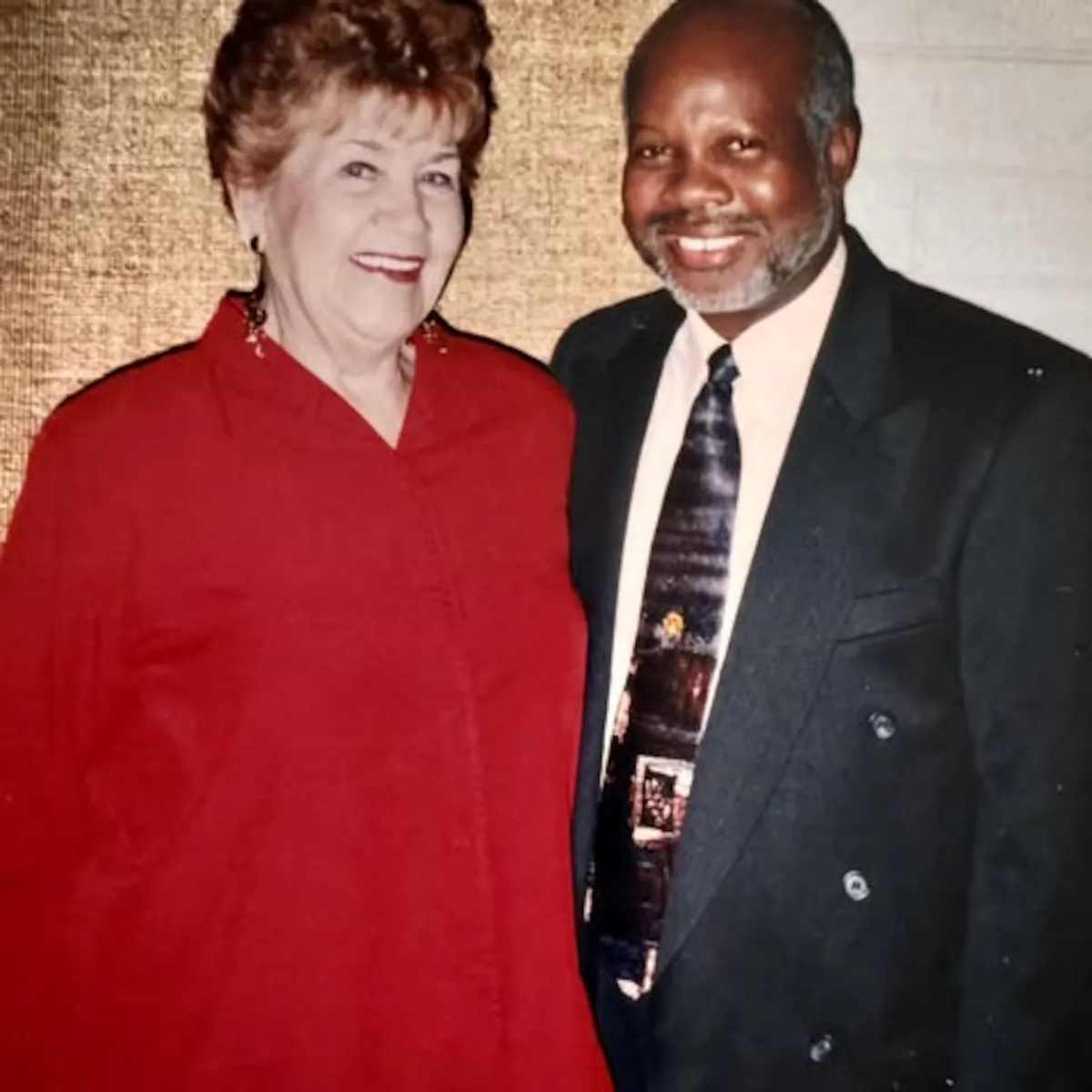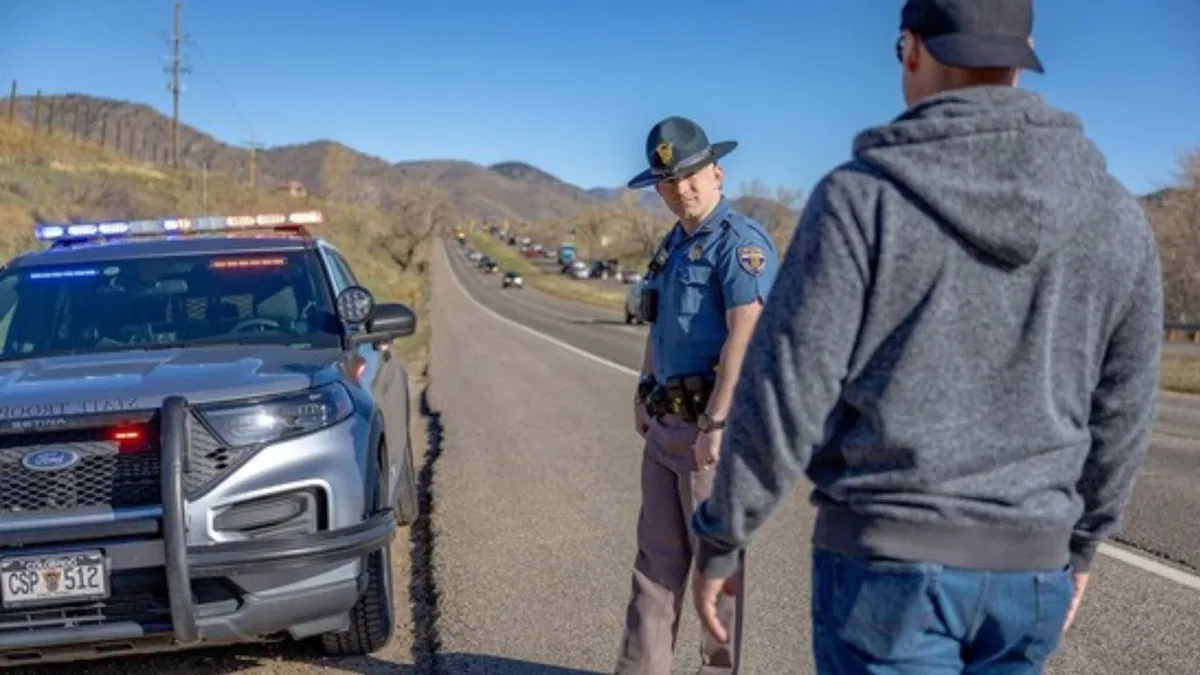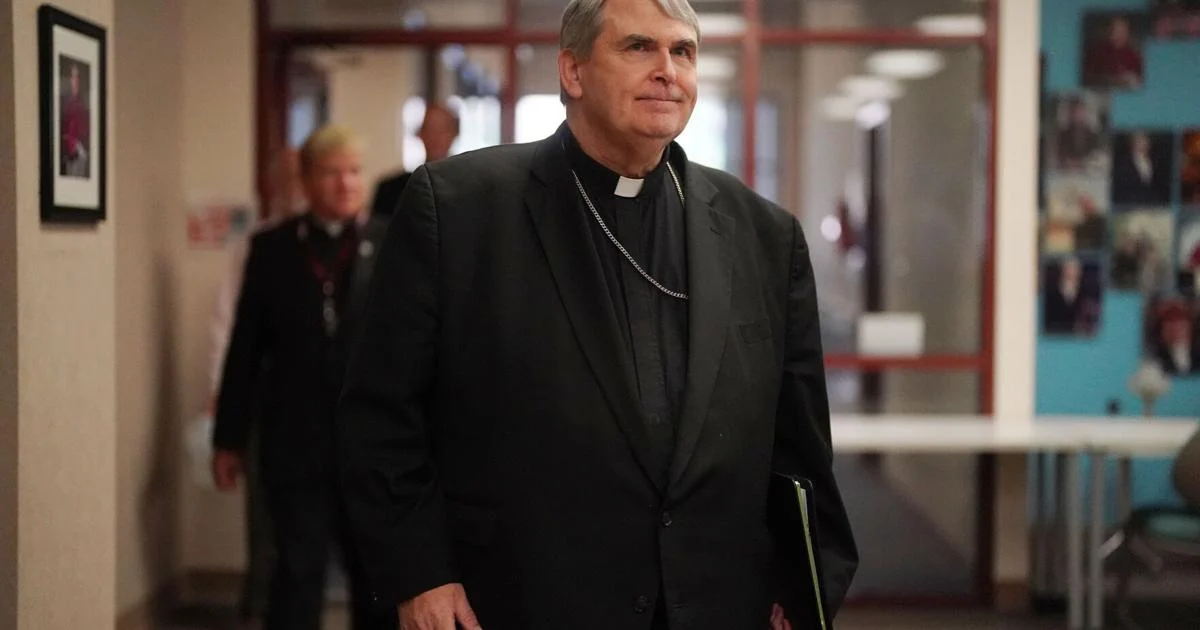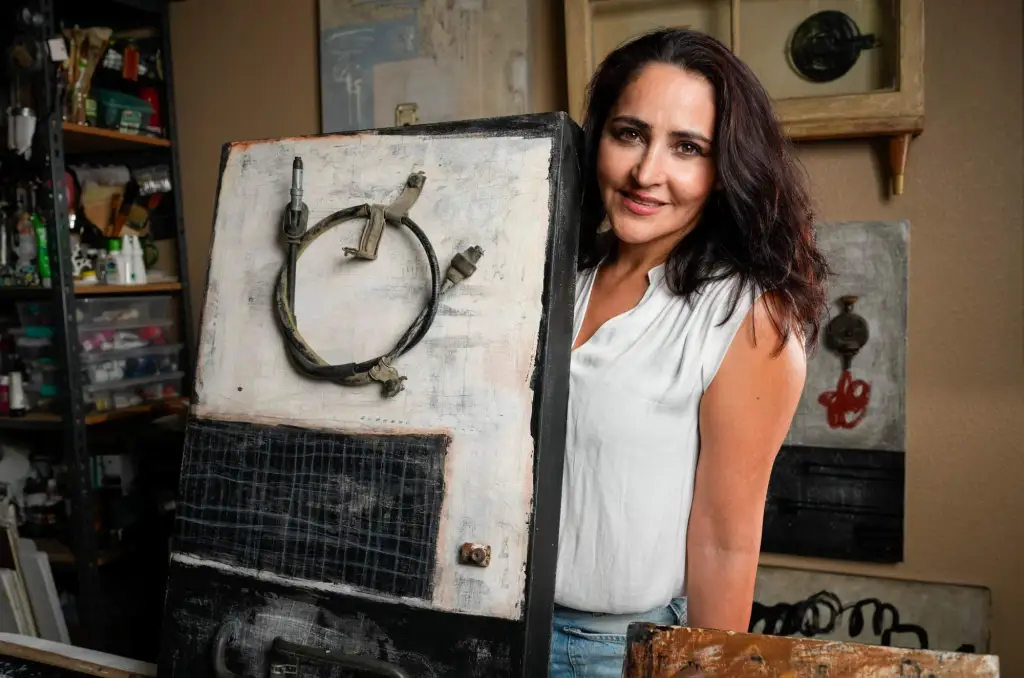
Eugene Orr knew nothing about Mormonism when he was transferred to Utah in 1968 to work with the Job Corps beyond what a skeptical friend told him: The Church of Jesus Christ of Latter-day Saints believed it was the only true gospel and its members didn’t like Black people.
Not long after arriving in the Beehive State, though, Orr met his future wife, a white Latter-day Saint, who asked, “Who said we don’t like Black people?”
That was the beginning of a decadeslong love story with Leitha (Lei) Derricott Orr and his journey as a Black convert in the global faith at a time when the church excluded Black members from its temples and its all-male priesthood.
Orr, who died Sept. 22 at 79 in Alberta, Canada, never regretted either decision. And, in 1978, the church lifted the ban.
“My life as a Black man in the church has been blessed,” Orr wrote in a volume of essays, “My Lord, He Calls Me: Stories of Faith by Black American Latter-day Saints,” “I am grateful for all the gifts our Savior has bestowed upon me and my family, for his help during those times of adversity and temptation, and even for complex tests and others ridiculing my faith. I have stumbled and I have fallen, but always, no matter how dark it seemed, I knelt in prayer to my Heavenly Father. He has continually poured out his love for me, my wife, and my children. He has continually guided me.”
‘Draw near to God’
Orr was born March 16, 1946, in Ashburn, Georgia, and reared as a Southern Baptist, according to the family obituary. He was “encouraged from a young age to draw near to God and to become a pastor.”
It was natural, then, for him to be open to studying Latter-day Saint scriptures and listen to missionaries — even after one of them told him that if he became more righteous, his skin would get whiter.
Despite such thoughtless and misinformed comments, Orr was baptized and married Lei on Nov. 23, 1968.
Together, they provided an oasis and gathering place for Black Latter-day Saints in a mostly white culture.
The couple began to host what they called “a Black Mormon Reunion” in their backyard.
“Eugene and Leitha’s home became sacred ground. It was a place to exhale,” Tamu Smith, one of the “Sistas in Zion,” wrote on Facebook. “A place to sing. A place to see your reflection in another’s eyes and know you are not alone.”
Black Latter-day Saint Darius Gray was among the first to embrace Orr.
“We had very little in common,” Gray recalled, “but he was the kind of guy who greets you with a smile, whether it’s the first time or the 100th time. It was so enveloping, so inviting. He put you at ease.”
The two formed an instant bond, said Gray, overcome with emotion at news of his longtime friend’s death. “I felt like I was seeing my kid brother in a strange sort of way.”
In May 1971, Orr invited Gray and Ruffin Bridgeforth to join him “in fasting and prayer to ponder why Black men in America were denied the priesthood within the church,” he wrote in his essay. “Soon we had an answer to our prayers — we were to approach the prophet with our concerns.”
They reached out and soon got an interview with then-apostles Boyd Packer, Gordon Hinckley and Thomas Monson.
“Eugene could be very direct in his interactions with those apostles,” Gray recalled. “He would raise the taboo issues without any compunction — but doing it with a smile as he asked, ‘When are we going to get the priesthood?’”
When someone responded the ban was “from God,” Orr would ask another question. “You’ve got Australian Blacks, Fijians, and others who have the priesthood. Why not us?”
Eventually, the apostles agreed to the creation of the Genesis Group — a support congregation for Black Latter-day Saints that would meet once a month — with Bridgeforth as president, Gray as first counselor, and Orr as second counselor.
They chose the name, Orr reported, because they believed it was “the beginning of a Black member movement within the church.”
The act of creating Genesis “was not small,” Smith wrote on social media. “It was seismic. It was Black Saints carving out space to worship, to testify, to raise children without shame, to gather courage for another Sunday in wards that were not always welcoming. Genesis became our sanctuary within a sanctuary, and President Orr was part of its heartbeat.”
More than 50 years later, Genesis continues to provide a safe haven for Black Latter-day Saints.
Sojourn in Canada
Even after Genesis’ birth, Utah’s Latter-day Saint community was not terribly friendly at times.
Orr was told he could not attend priesthood meetings in his home ward or the white men would stop going, he told The Salt Lake Tribune in 2018. “It got to the point where if I stayed in Salt Lake City, I would lose my testimony.”
So, in 1977, Orr and his wife moved to Alberta, his wife’s hometown, where he was welcomed into his Latter-day Saint congregation, including its priesthood meeting.
Once again, the couple “steadfastly continued their devotion to the church,” according to the obituary. “They helped strengthen community and purpose among Latter-day Saints in Alberta, while maintaining close ties to the Genesis Group.”
In April, Orr suffered a stroke, but due to his “determination, strength, and sheer stubbornness, he made a remarkable recovery,” the family wrote. “Within a few months, he was well enough to travel to Salt Lake City, where he joined family and friends at the Genesis Annual Cookout. He stepped to the microphone, shared words, and even joined the line dance — he loved to dance.”
He also also attended the grand opening of the Buffalo Soldier
Heritage Trail, the family wrote, “excited to be part of a historic event of Utah Black history.”
After returning home, he suffered another stroke and eventually died, surrounded by his family.
His wife, Lei, died on Aug. 4, 2013.
Orr is survived by his four children: Antoine, Adrian, Christopher and Melani.
“Homecoming” services — as they are called in many Black communities — will held Sept. 27 in his Alberta Latter-day Saint ward, which can be viewed online at 1 p.m. Mountain time.
“Today we celebrate a fearless pioneer,” Smith wrote. “May we honor him by carrying that legacy forward, tenacious, bold, unashamed, and forever rooted in the God who made us exactly as we are.”



